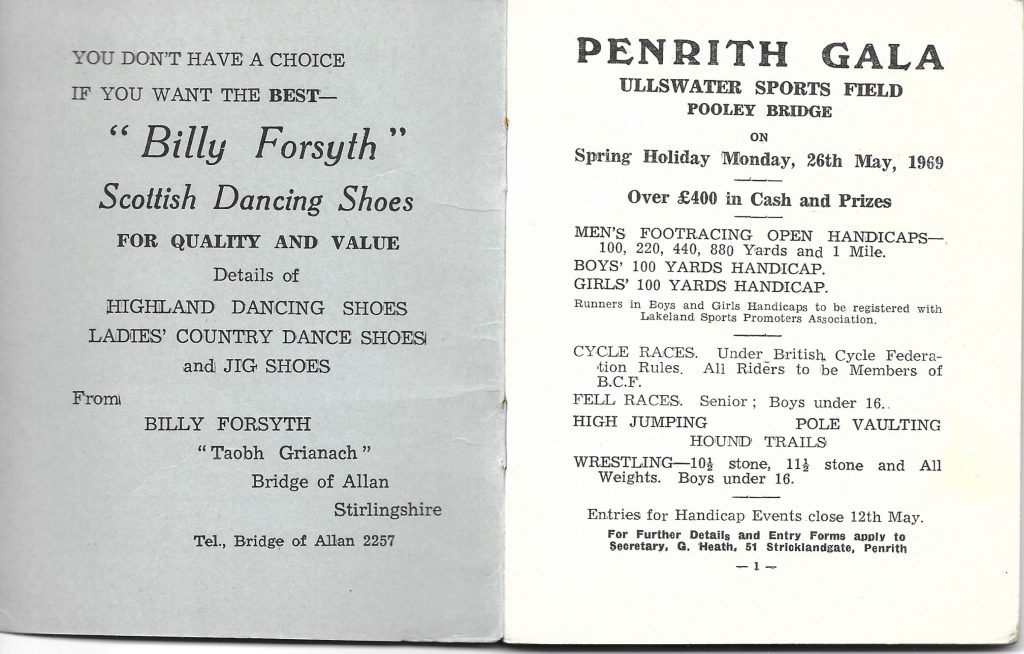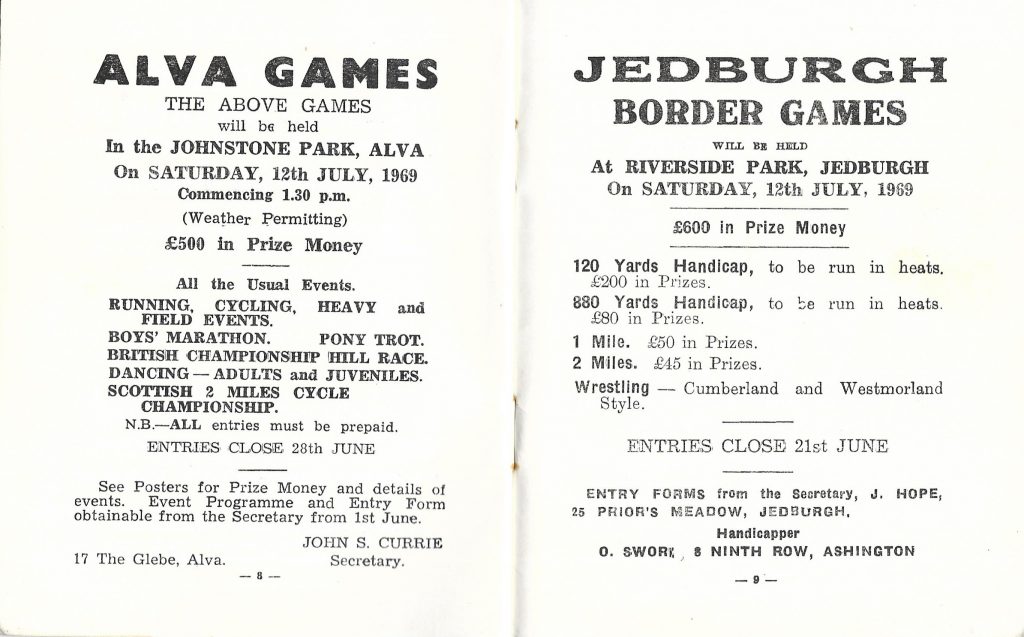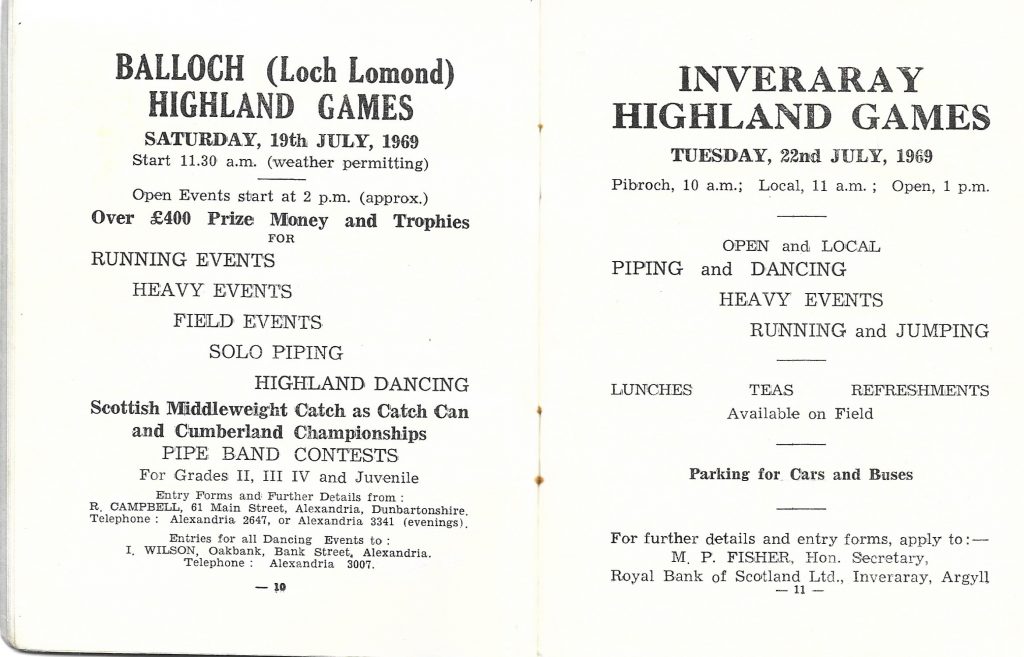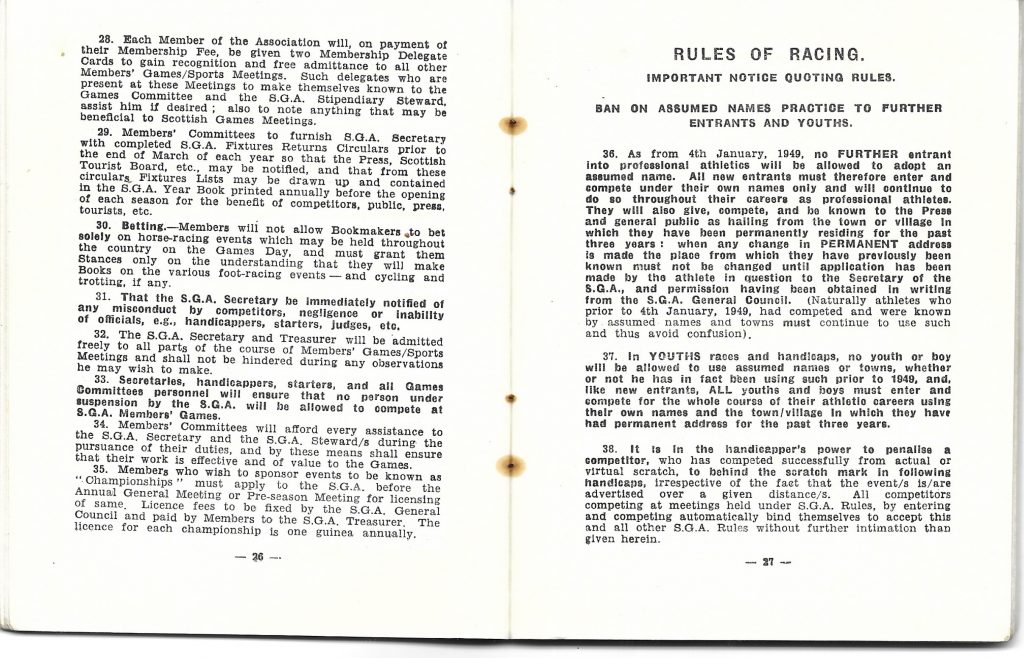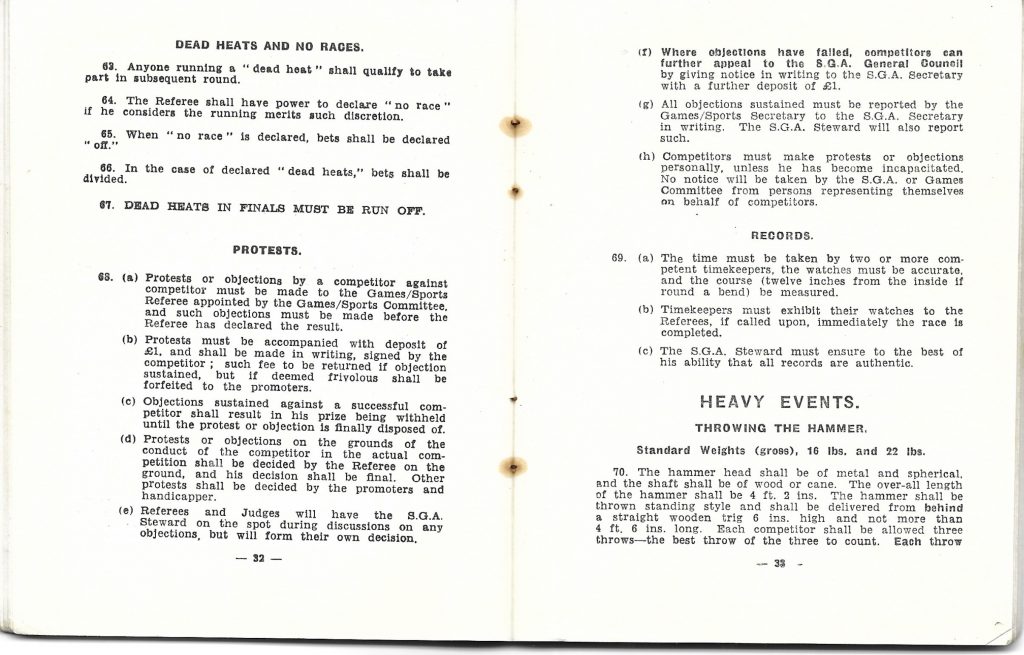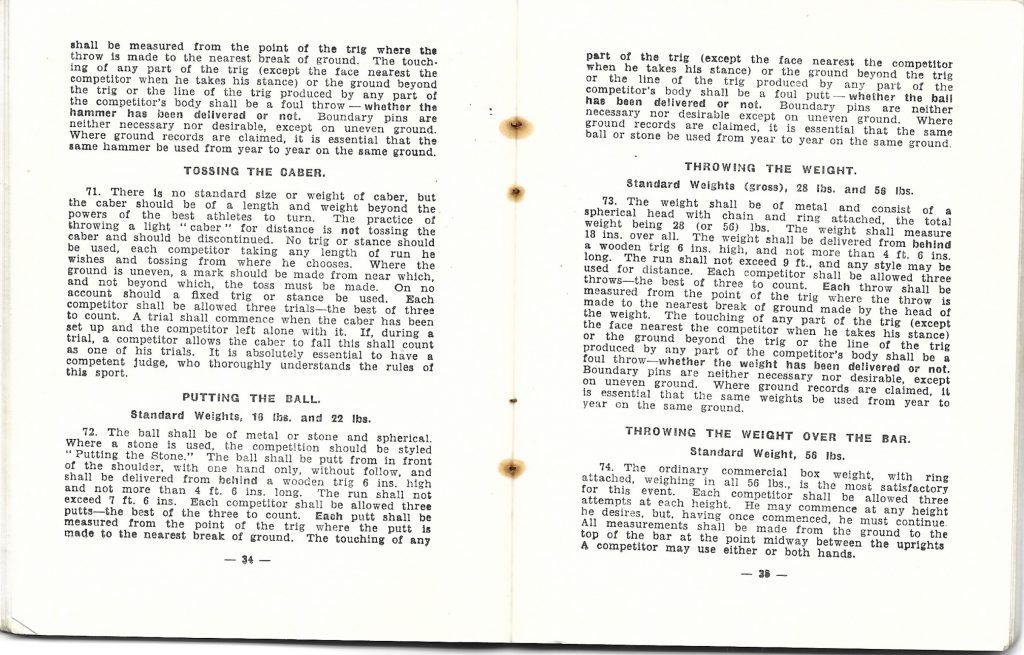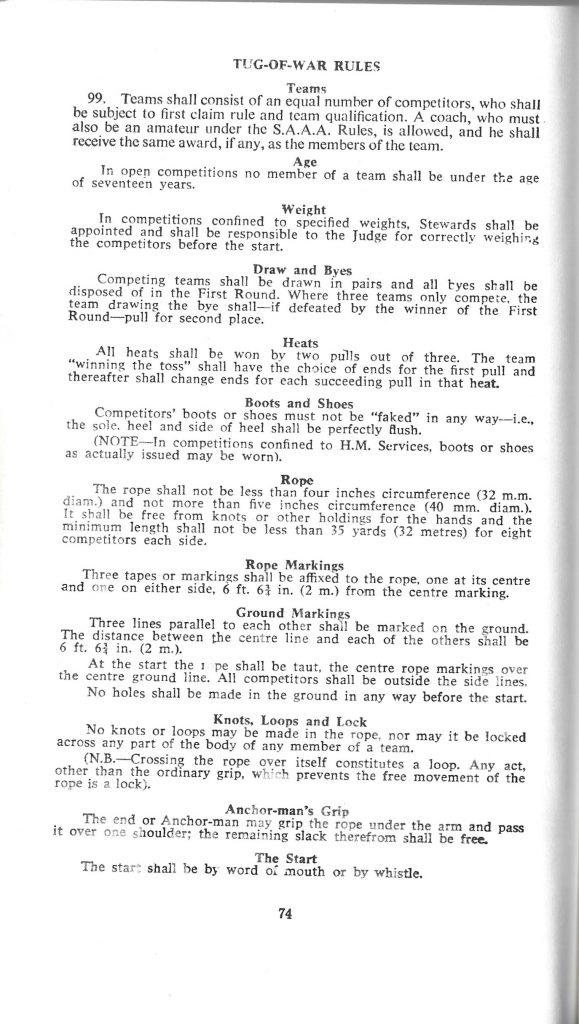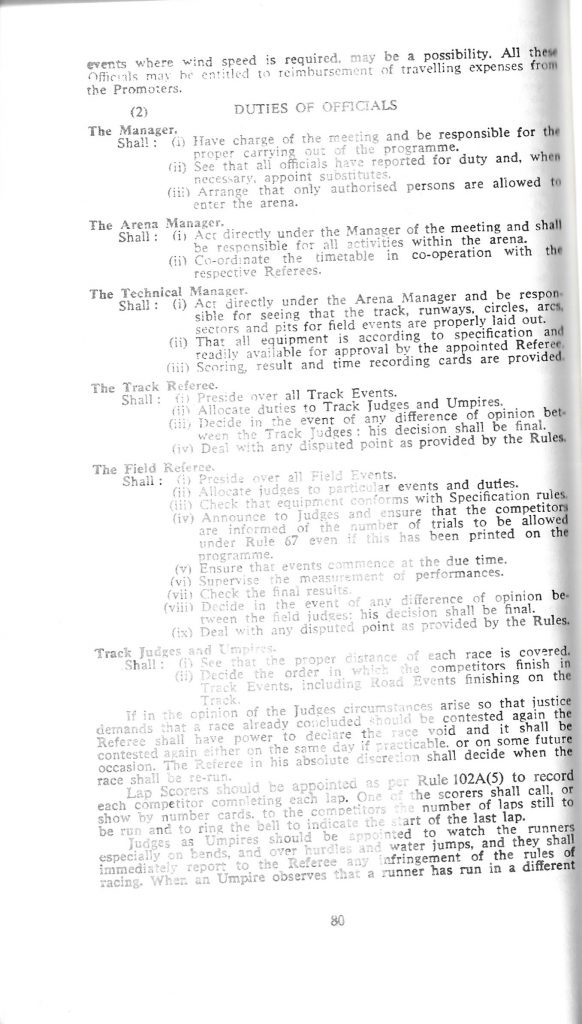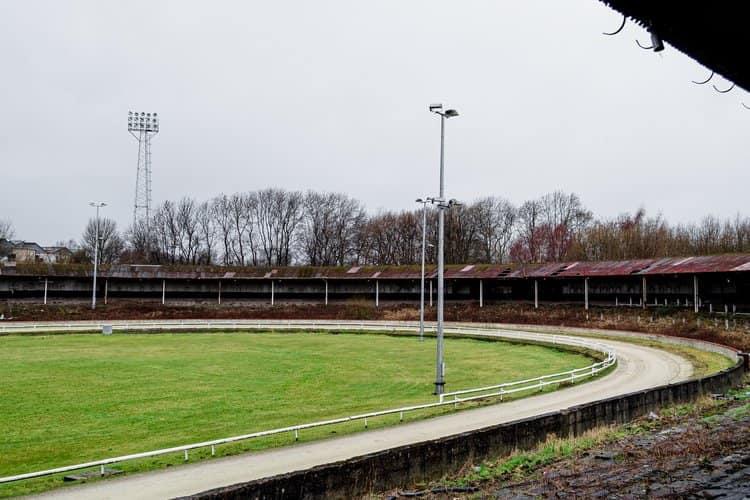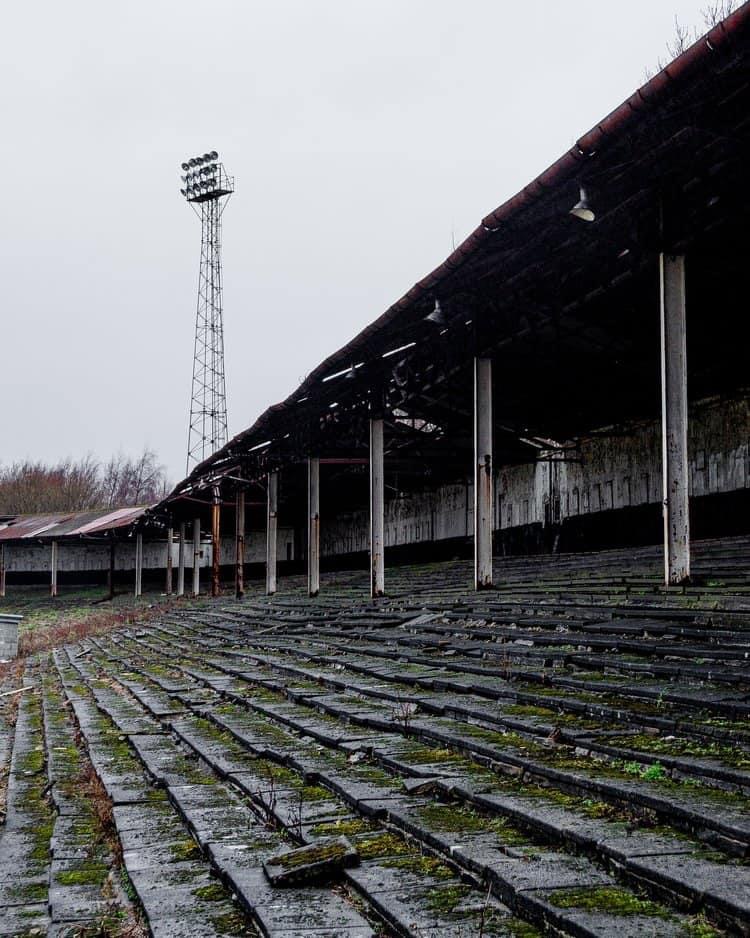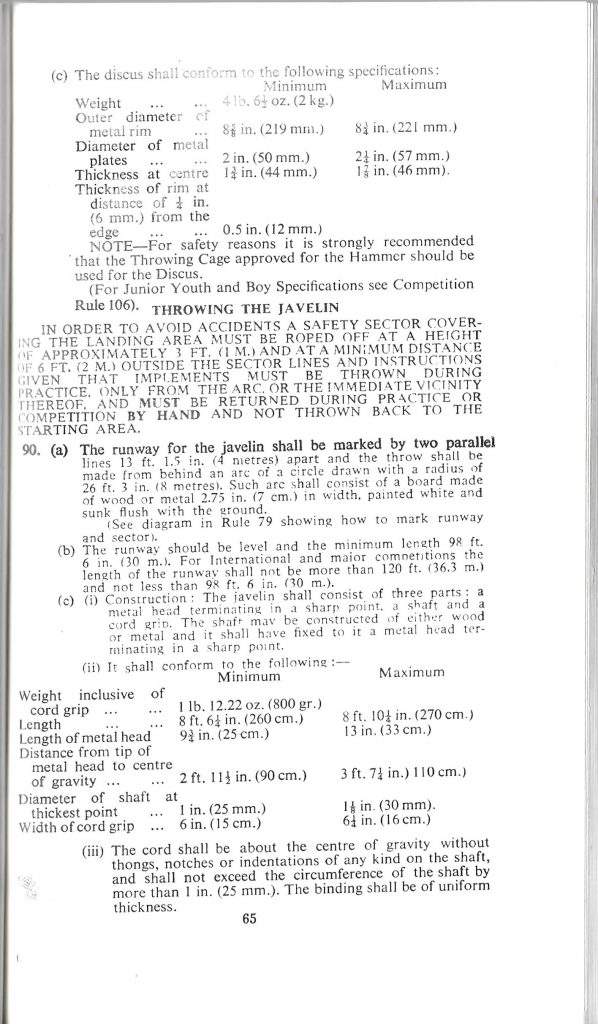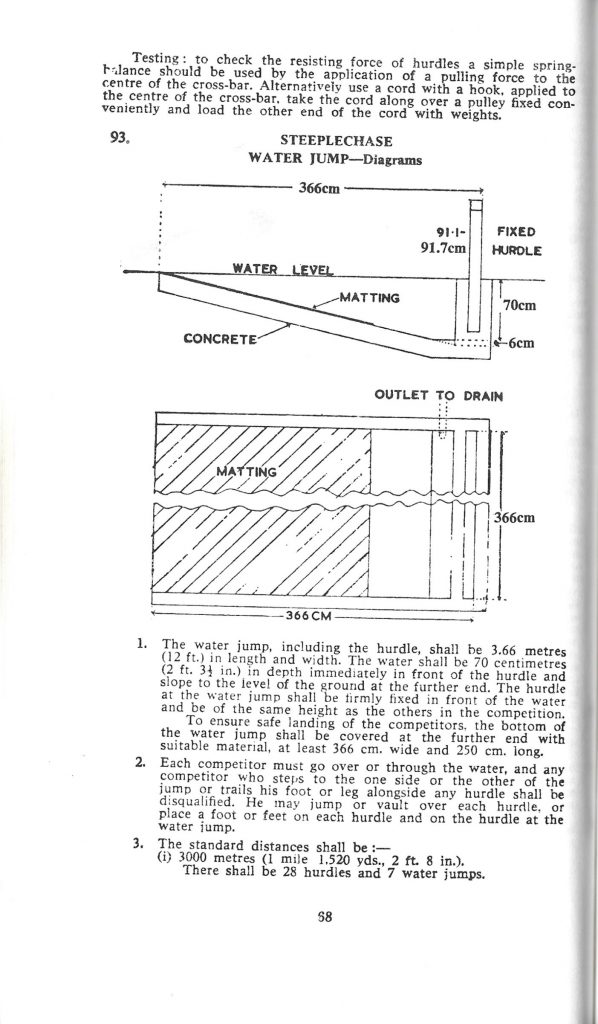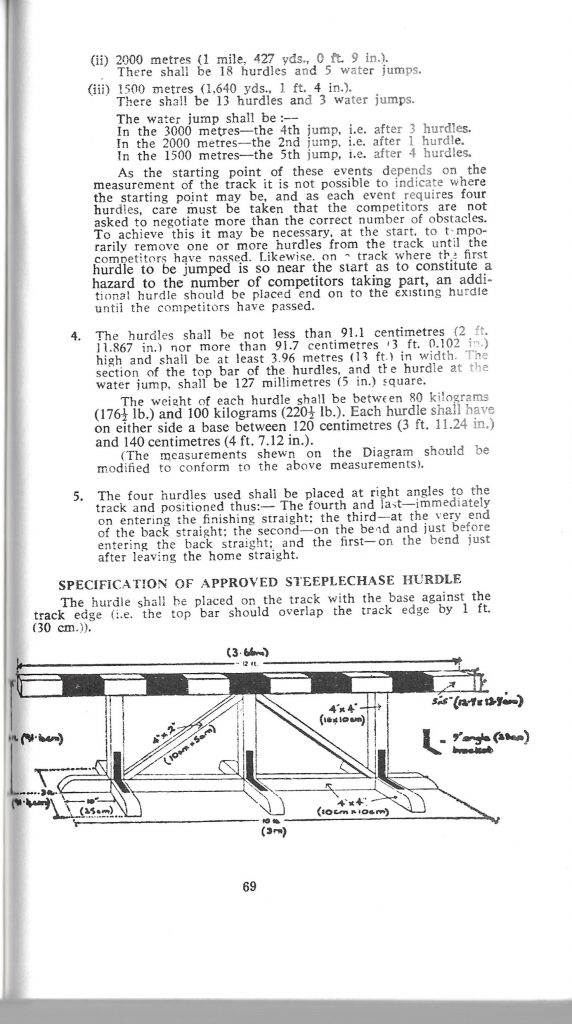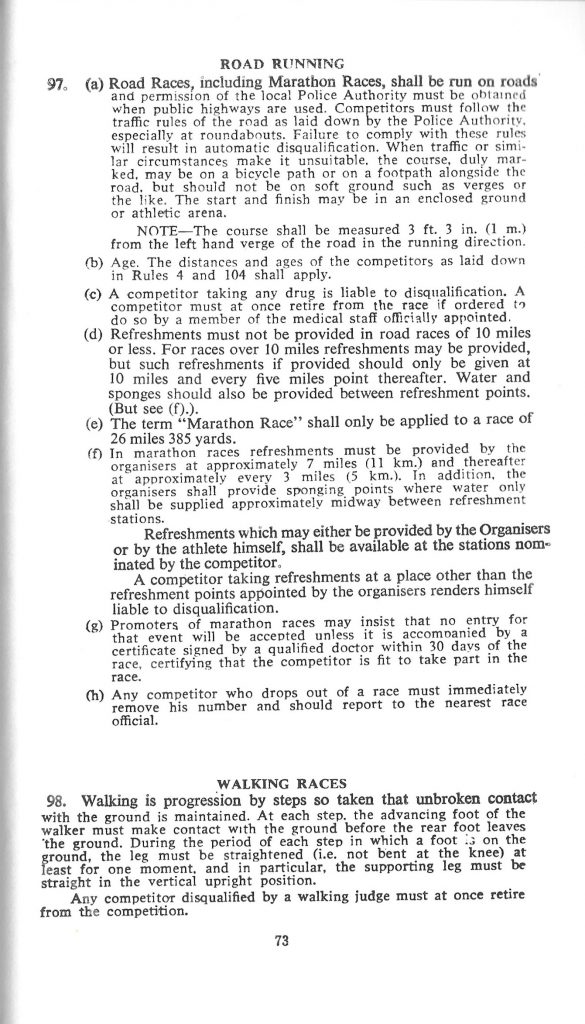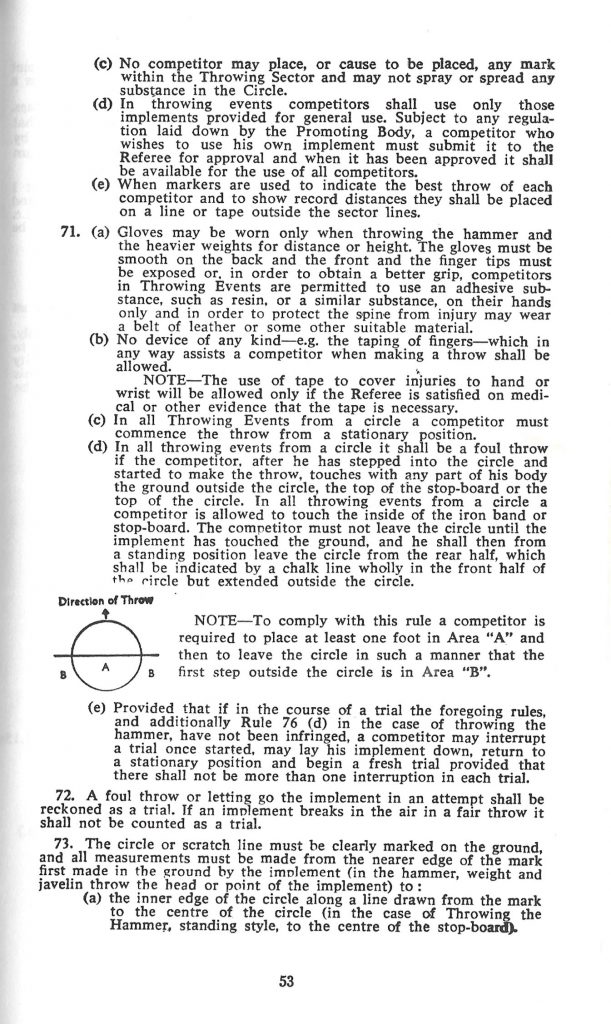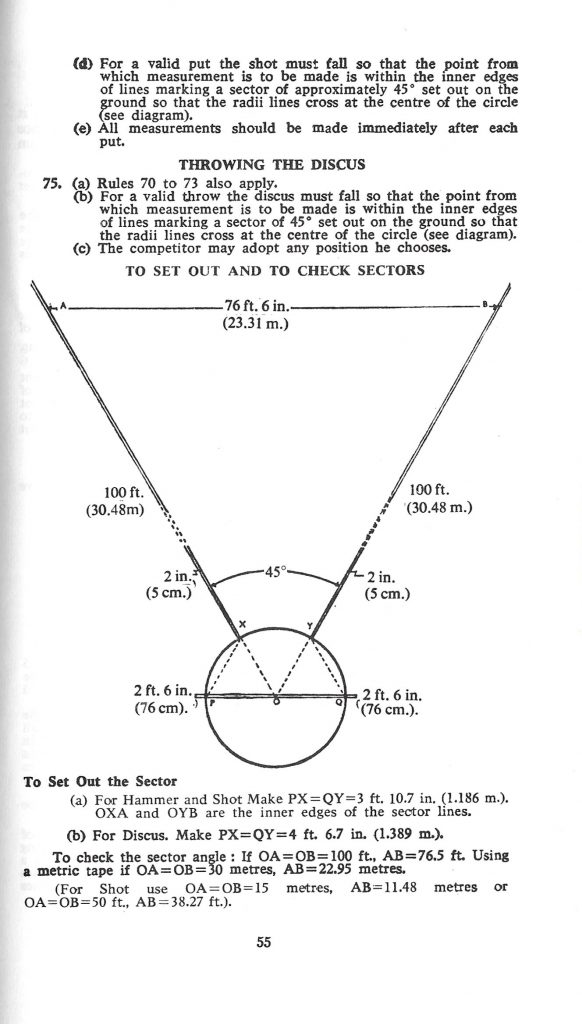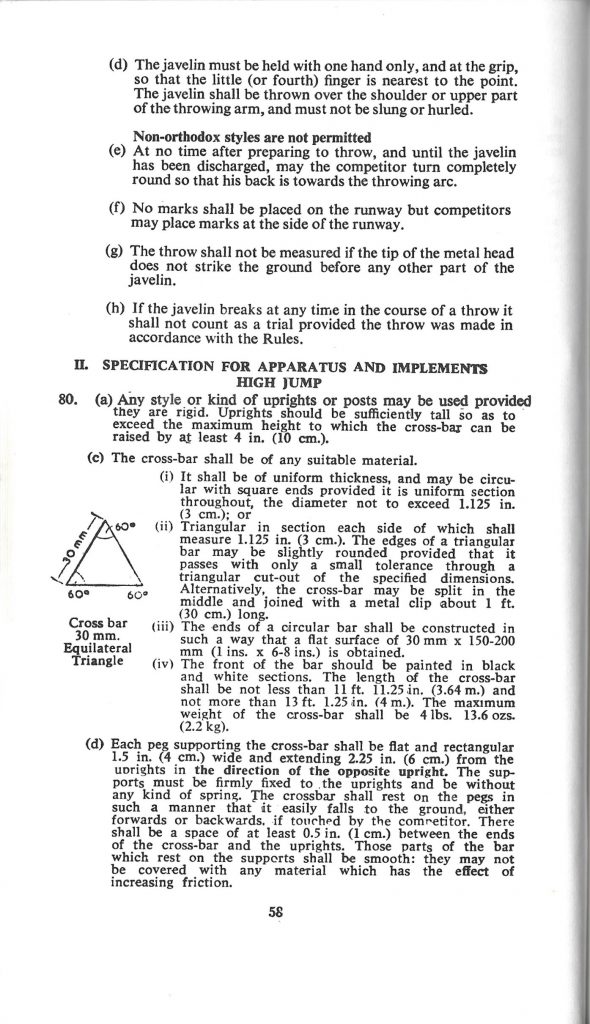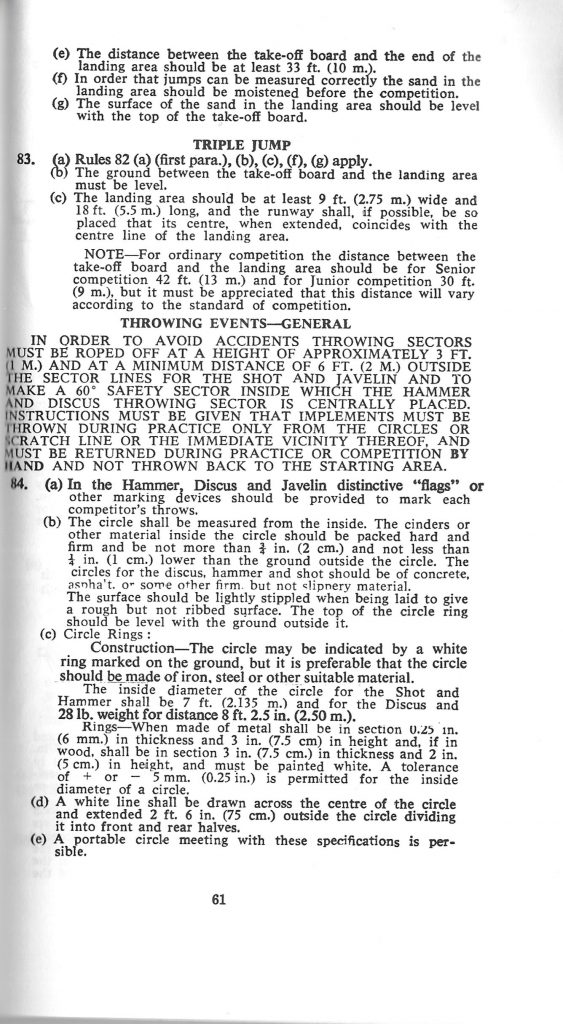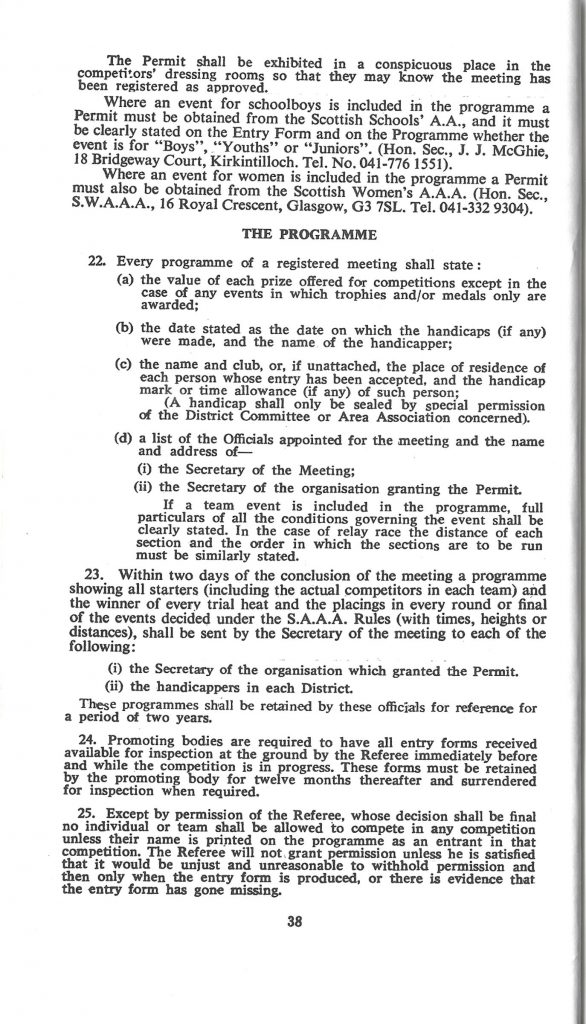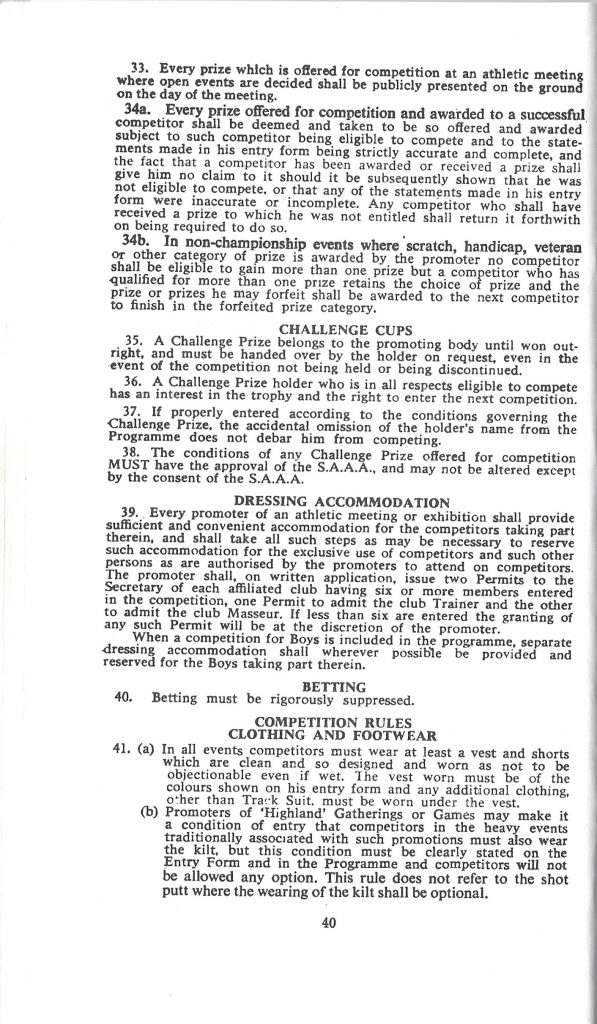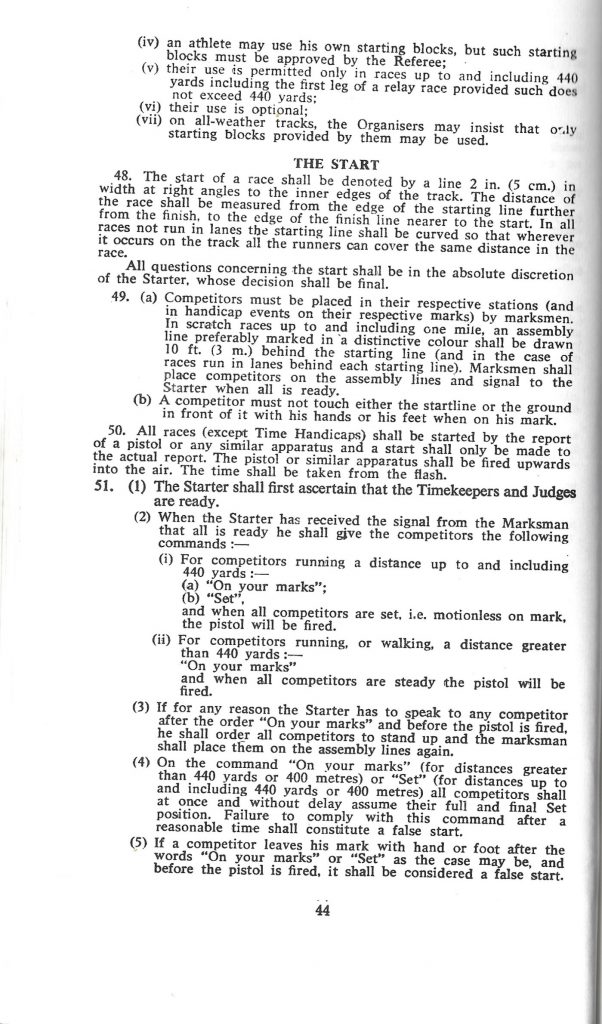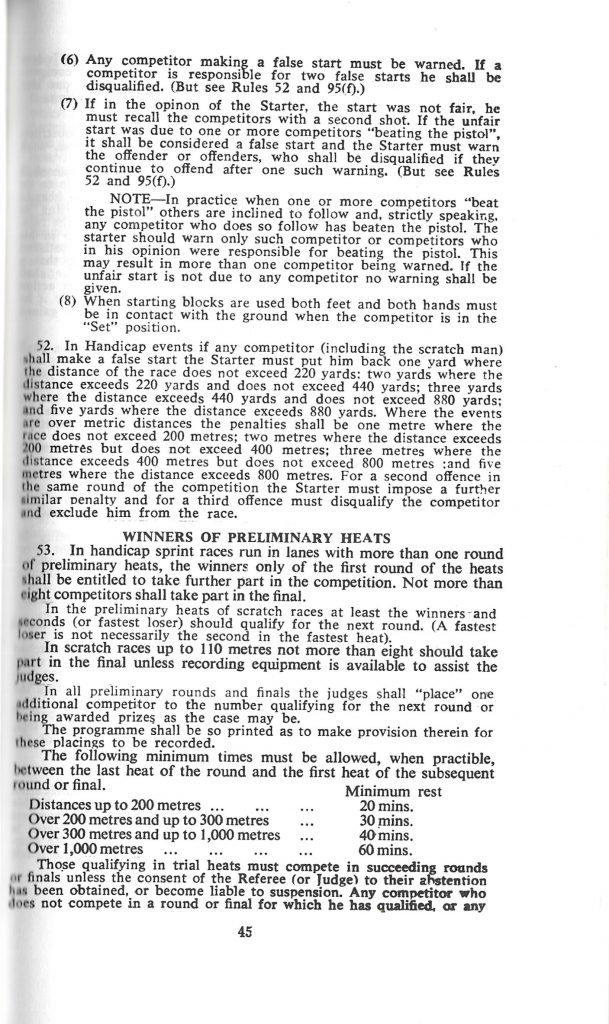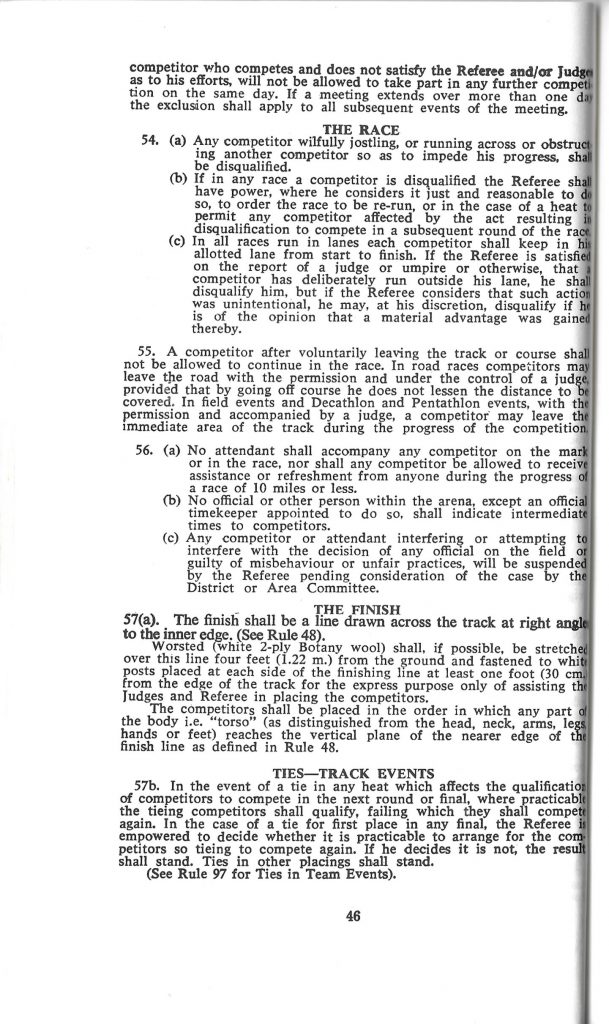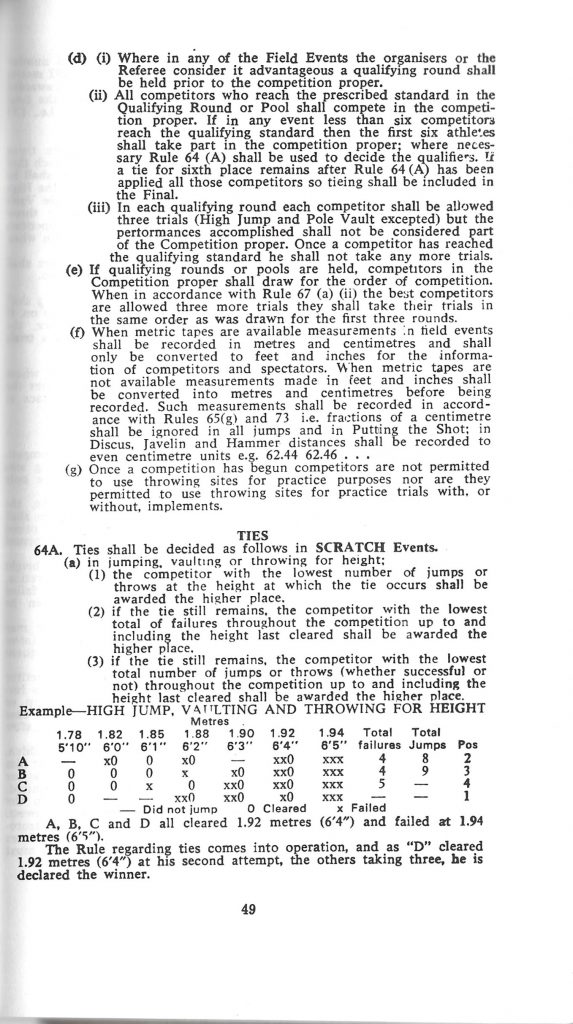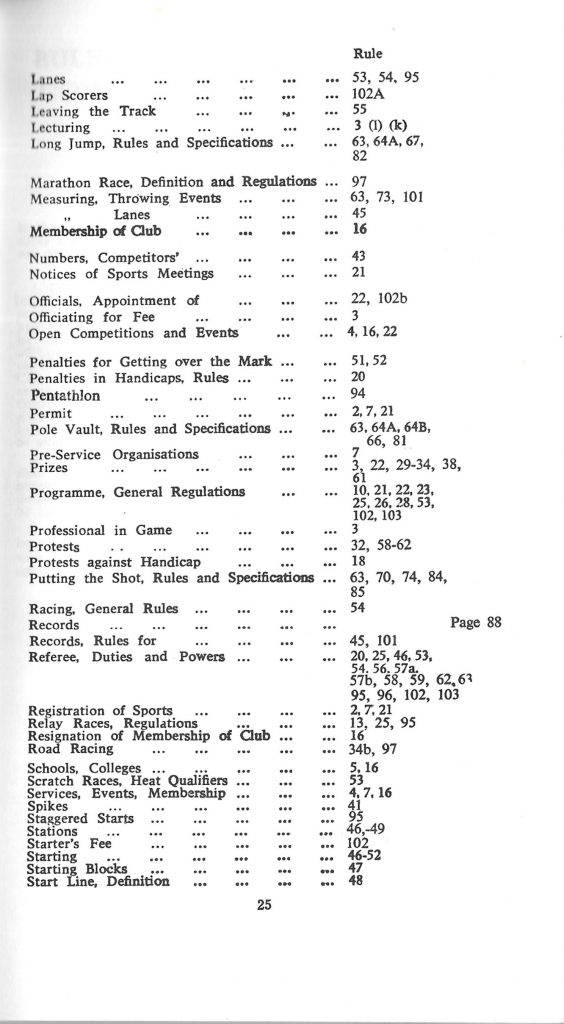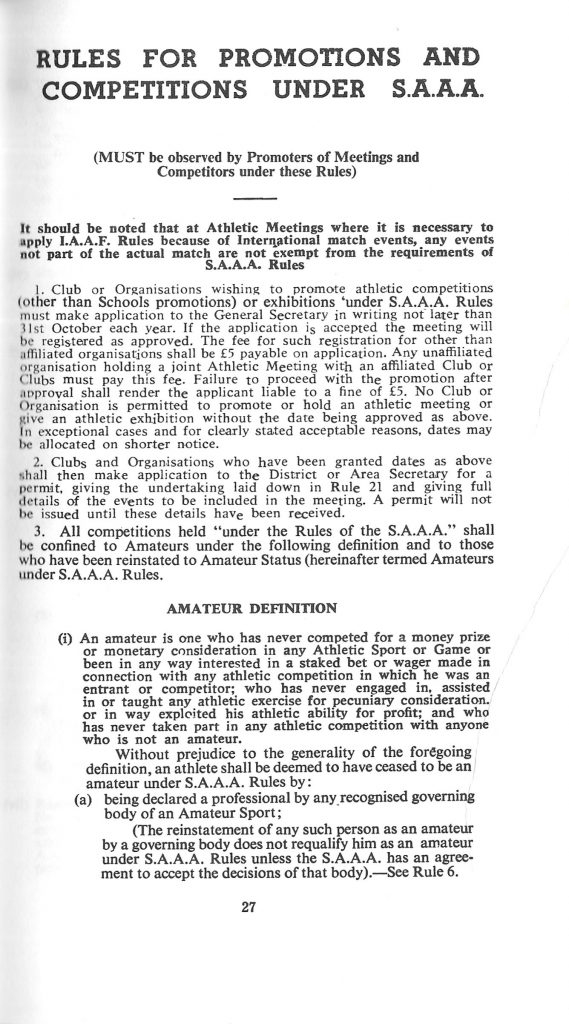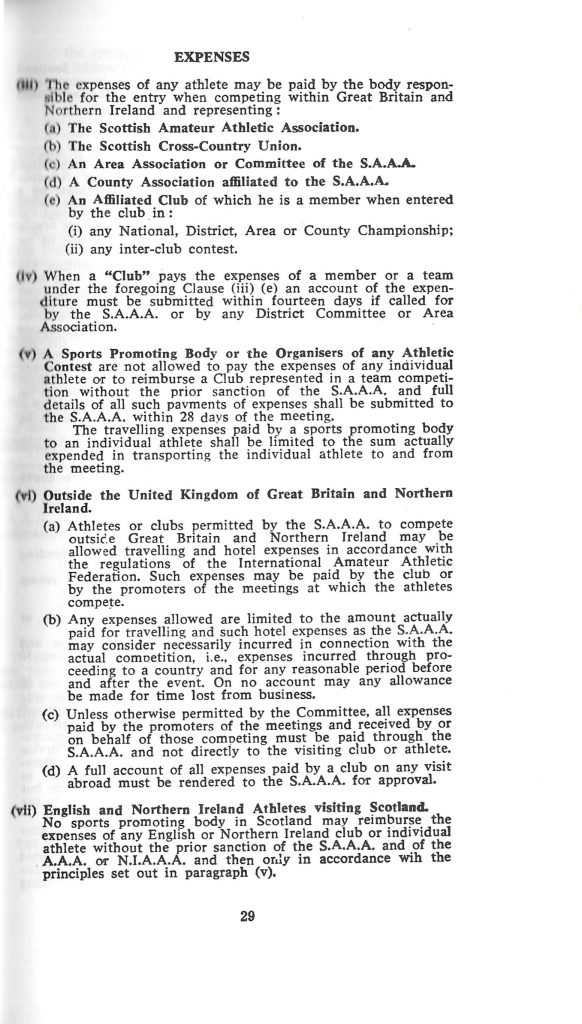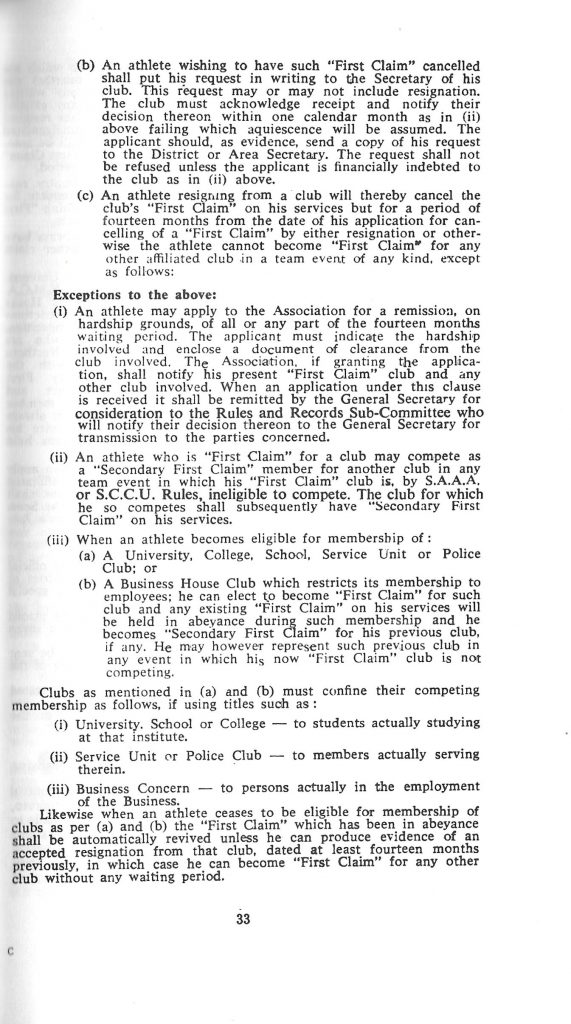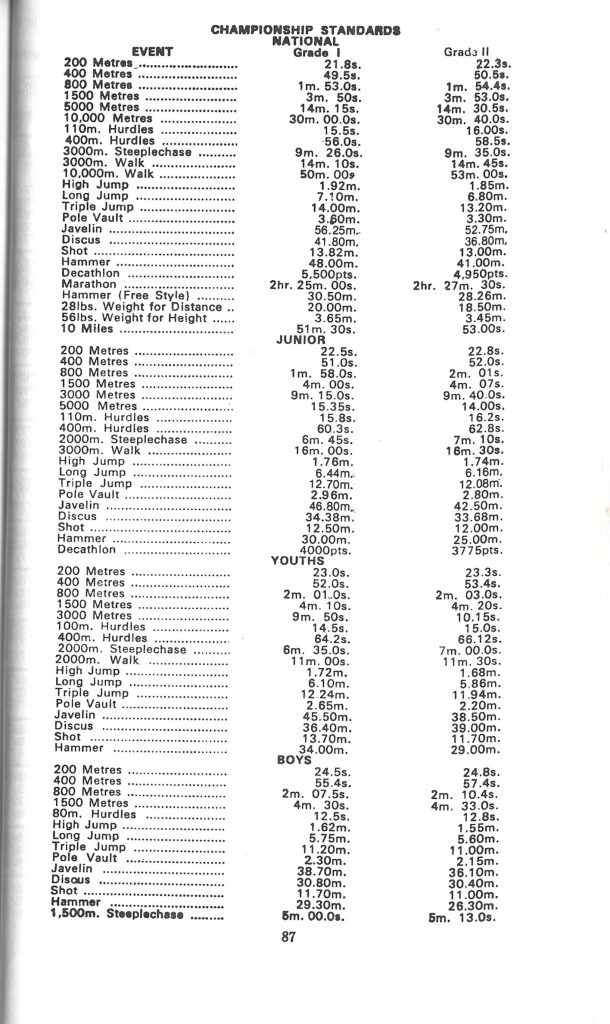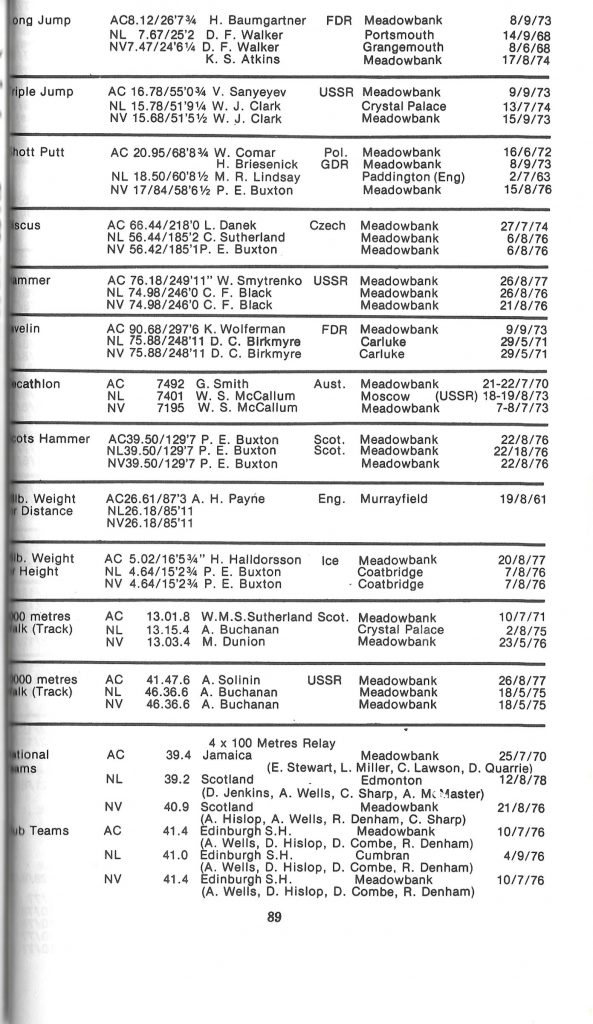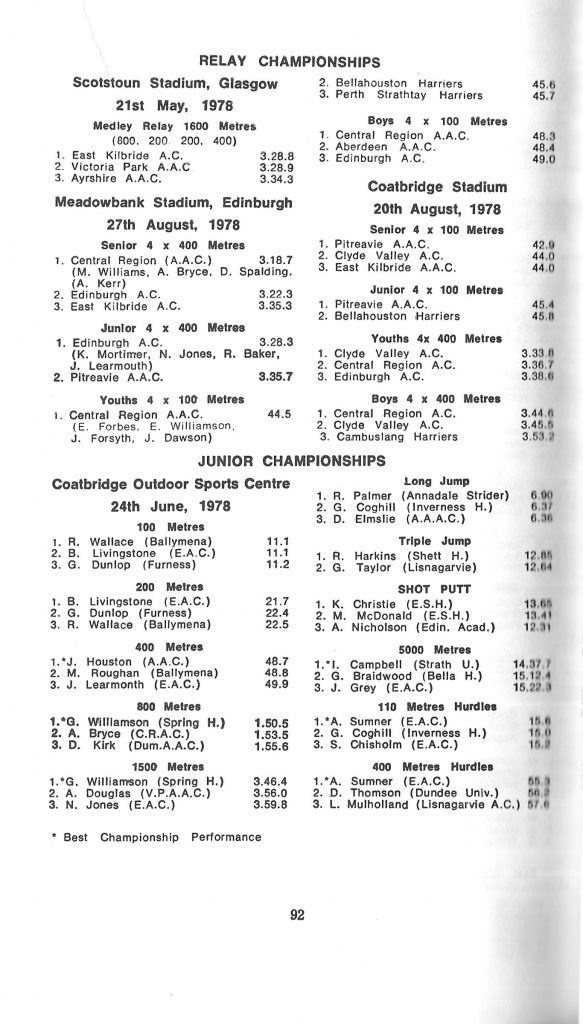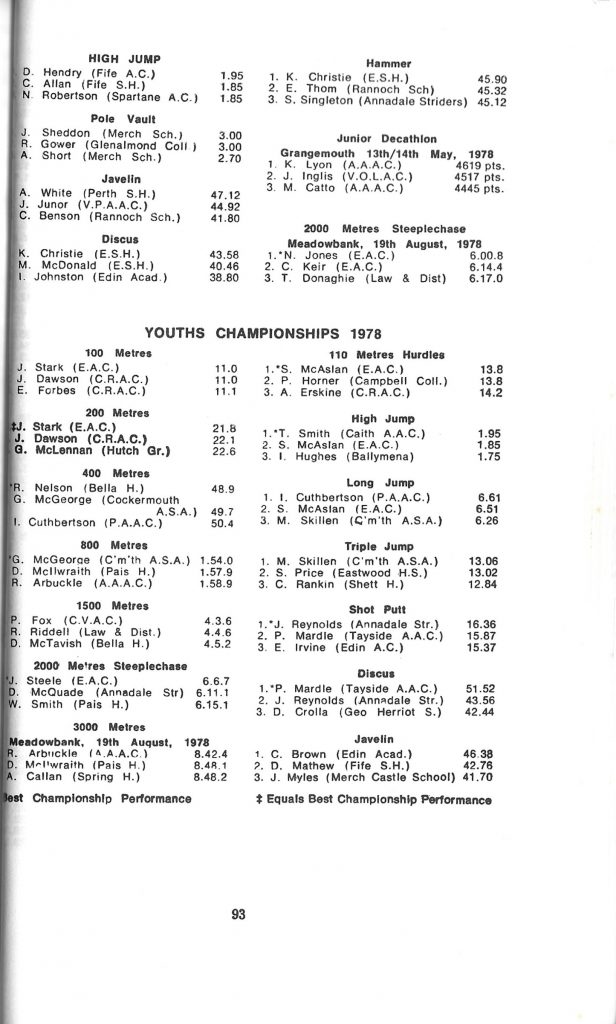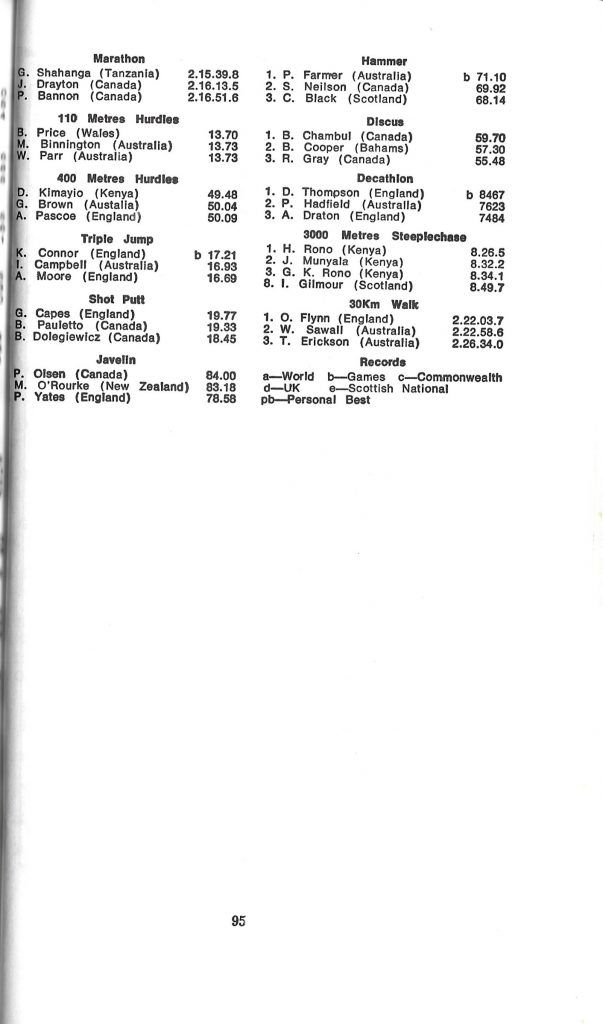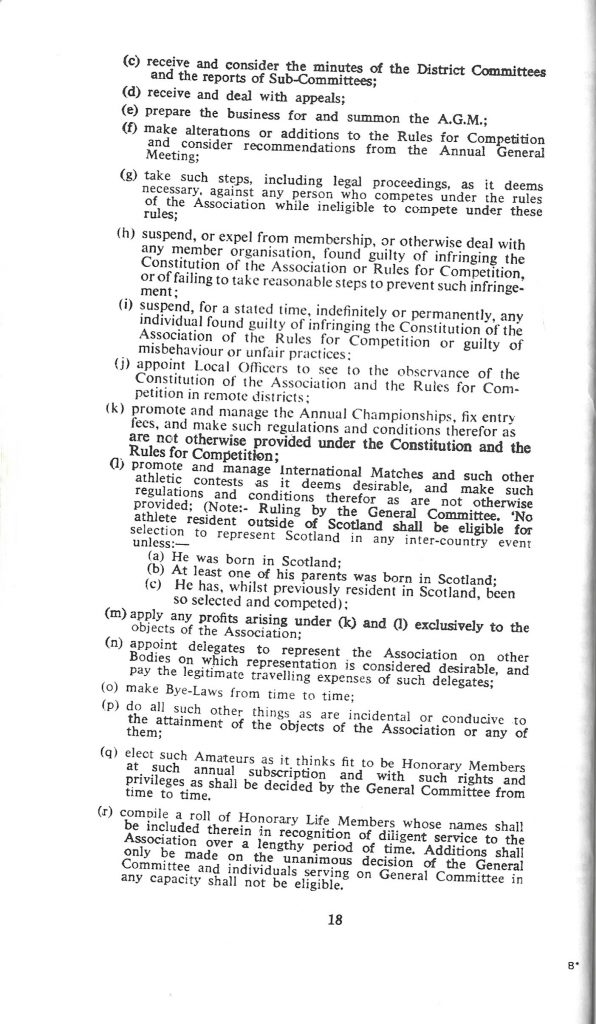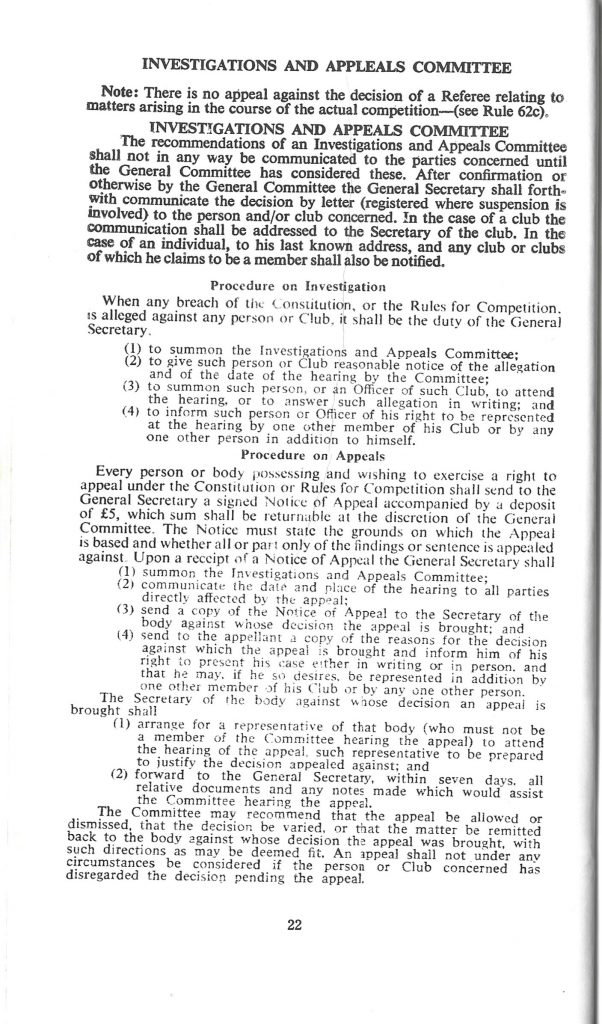Alexander Duncan Robertson ( born 7/05/56), Edinburgh Southern Harriers, Penicuik Harriers, Lothian Running Club.
Personal best times. 3000m: 8:28.47 1981; 5000m: 14:34.8 1981; 3000m Steeplechase: 9:03.8 1978.
Alex, a Scottish International athlete, was an invaluable team man and a decent steeplechaser and road runner. He was the son of Hamish Robertson, the ESH secretary and 1950s road runner.
Representing ESH, Alex was in 4 winning teams in the Edinburgh to Glasgow relay. 1977 gold (Stage 7); 1978 gold (Stage 7); 1979 bronze (Stage 7); 1981 gold (Stage 8 ran very well, 3rd fastest); 1982 gold (Stage 8 ran very well, second fastest).
Alex also contributed to 4 winning teams (1979, 1980, 1982 and 1983) in the Scottish Six Stage Road Relay. He ran the fifth stage in the first two, and recalls that team star Allister Hutton asked him to limit the gap to Clyde Valley AC (the leaders), so that Allister could overtake them on the final stage – which Hutton did, both times! In 1979, Alex was fastest on stage five, six seconds faster than Ron Macdonald (CV); and in 1980 Alec was second-fastest to Jim Brown (CV), but only lost 32 seconds. Both Ron and Jim were outstanding Scottish International athletes.
In the classic 1982 Tom Scott Ten miles Road Race Alex ran an excellent 48.58; and later that year 10,000m on the track in 30.40.2. His best marathon was 2.28.10 in 1985.
In the 1985 Tom Scott Ten Miles, Alex finished a valiant third, behind Alan Puckrin and Jim Brown.

Jim Brown (left) and Alex Robertson
Alex Robertson featured in the Scottish Athletics annual rankings from 1975 to 1990. Highest rankings below.
| Year |
Event |
Time |
Ranking |
| 1977 |
3000m Steeplechase |
9:21.9 |
9th |
| 1978 |
3000m Steeplechase |
9:03.8 |
7th |
| 1980 |
3000m Steeplechase |
9:12.4 |
7th |
| 1981 |
3000m Steeplechase |
9:12.3 |
6th |
| 1981 |
5000m |
14:34.8 |
14th |
| 1982 |
10,000m |
30:40.1 |
14th |
Alex also raced internationally for Scotland on the track three times:
In the 3000 Metres Steeplechase:
*31st August 1980 at Gateshead, England (Scotland v England v Norway v Yugoslavia);
*and early August 1981 at Meadowbank, Scotland (Scotland v Denmark v Ireland).
In the 3000 Metres – 26th July 1981 at Gateshead, England (Scotland v England v Hungary v Norway).
EDINBURGH MARATHONS
On September 4th 1983, Alex finished fourth in 2 hours 28 minutes 45 seconds, behind Lindsay Robertson (EAC), Ian Elliot (Hawick) and Dave Ellis (England).

Left to right: Ian Elliot, Alex Robertson, Lindsay Robertson, with Dave Ellis hidden behind
On September 2nd 1984 in the Edinburgh Waverley Market Marathon, Alex raced for Scotland. He kept up early on but unfortunately suffered a stitch and dropped back during the second half.

Left to right: Lindsay Robertson, Evan Cameron, Dave Ellis, Alex Robertson
“A field of 3,597 runners lined up outside Meadowbank Stadium at 8:30 am on Sunday morning, with light rain making the conditions perfect for the runners. As the race got underway, a group of four runners were immediately to the fore. The group contained Lindsay Robertson (EAC), Evan Cameron (Edinburgh SH), Alex Robertson (ESH) and the winner of the first Edinburgh Marathon in 1982, Dave Ellis of Birchfield Harriers. By the time they had run two miles, this group was 100 yards clear of the next runner with the rest of the field starting to settle into their pace. As the runners reached Princes Street they were being caught by Brian Emmerson of Teviotdale Harriers. However, soon after catching the group he was again dropped and they continued to push on. Lindsay Robertson at this point was doing most of the front running and it was good to see the Scotland squad in a 1,2 and 3 position with Dave Ellis still with the group but not looking very comfortable. By halfway, Lindsay Robertson and Evan Cameron had broken away from Alex Robertson and Ellis.”
Lindsay Robertson finished very strongly, to win in an event record of 2.15.55, with Evan Cameron second in 2.19.34.
Alex Robertson remembers “I ran the Edinburgh Marathon in 1983, 1984 and 1985. It was a well-organised event. In 1983 I finished fourth in 2.28.45; 1984 16th in 2.31, having suffered a stitch; and in 1985 11th in a personal best of 2.28.10.
In 1984 I was part of the Scottish team (with Lindsay and Evan) and we received complete International kit: vest, shorts, tracksuit and even shoes! Unfortunately, England did not send a complete team, so Scotland won unopposed.”
Alex Robertson also answered the questionnaire.
Occupation: Research Technician.
How did you get into the sport? Initially, through my Dad who ran for ESH.
Has any individual or group had a marked effect on either your attitude to the sport or your performances? Training at Fernieside (the club track) and my years training with Ali Hutton and all the support I got from club officials and team mates.
What exactly did you get out of the sport? Fun and friendships.
Can you describe your general attitude to the sport? Enjoyment. At the 1970 Commonwealth Games, I remember, as a 15 year old, from inside the track, watching Lachie Stewart, Ian Stewart, Ian McCafferty and Gareth Bryan Jones racing so well!
What do you consider your best-ever performance? Tom Scott 10 miles in under 49 minutes and running for Scotland. I was also proud to race for ESH during their Grand Slam or Clean Sweep year (see certificate). That was some winter season!

And your worst? Some of my Scottish National Cross Country Championship performances.
What goals did you have that were never achieved? Win a Scottish National Cross Country team medal.
What has running brought you that you would not have wanted to miss? All the friends I made and enjoyment.
Can you give some details of your training?
I trained twice most days.
Between 70 and 100 miles a week
Sunday: long run (15 miles) with the group.
Monday: track session with the group or just me and Ali.
Tuesday: run from Fernieside with the group.
Wednesday: normally an easy run.
Thursday: track session.
Friday: easy day if racing on Saturday.
Saturday: race or steady run.
A regular session Allister and I did was driving down to Gullane Sands, then runs over the dunes and hill reps. Also did the Monday 16-rep session, four times round The Meadows in winter.
I would like to thank all the guys I trained with – too many to name but they know who they are.
Alex added “After giving up racing for a few years, I got into mountaineering and rock climbing, climbing in many different countries. Nowadays I am still climbing and running for fun in a few races a year. Once a week, I still meet up with John Gladwin for a run.”

Tower Ridge, Ben Nevis. Left to right: Alex, Darren Smith, Stuart Aikman

